Why are so few MBA applicants admitted to both Harvard and Stanford? How have Wharton and Chicago Booth adapted to a changing MBA job market? What are INSEAD and the London Business School looking for in the global mindset of applicants? Which are the three qualities that McKinsey finds in Kellogg MBAs?
A successful MBA applicant goes beyond business school websites and media rankings to compare MBA programs. They identify the characteristics that really motivate them, and demonstrate a fit with their own personalities and career goals.
Explore our business school profiles below to find out more about the world’s top MBA programs, with insights into the application process from Fortuna’s team of admissions insiders.

The Harvard Business School has a brand like no other business school in the world. It is one of the top MBA programs in the world, boasting former heads of state, a staggering number of Fortune 500 CEOs, and a global network that is second to none. This conservative symbol of success, with its stately Cambridge campus and high admissions yield, nevertheless faces a challenge to win the hearts and minds of the tech industry.

Stanford Graduate School of Business (GSB) is the most selective MBA program in the world. For the last decade, it has maintained the highest ratio of applicants to available seats among US programs. The MBA class size at Stanford GSB is less than half of Harvard’s. And with Silicon Valley in its backyard, a growing number of applicants are choosing GSB over HBS.

The Wharton MBA program offers more than 200 electives — more than any other top business school. Joint MBA degrees are offered in med, law, international studies, and healthcare management. Wharton also offers the Moelis Advance Access deferred admissions program open to undergraduate and master’s program students in their final years of study.

From its home in New York City, Columbia Business School (CBS) proudly claims that it is at the “center of business.” More than 100 real-world practitioners teach as adjunct faculty at CBS, giving students close connections to industry and fresh real-world perspectives. CBS moved into two sparkling new buildings on Columbia’s Manhattanville campus in January 2022, nearly doubling its space and providing “increased opportunities for creativity, collaboration and communication at every turn.”

MIT’s motto, “mens et manus”, which translates to “mind and hand”, embodies its core value: innovation is not about sitting in an ivory tower and thinking, but rather bringing great ideas to life and making an impact on the world. Learning by doing is a centerpiece of the MBA experience. MIT Sloan will arm you with the best practical knowledge, resources, connections, programs and funding to launch your big idea.

The Kellogg School of Management offers the best of many worlds: a beautiful lakeside location on the Northwestern University campus in Evanston, Illinois, a thriving student town that is also just north of the dynamic business and cultural scene in downtown Chicago. This environment is a big part of the Northwestern Kellogg culture, which is known for fostering a close-knit community. The Kellogg values play a big role in shaping its culture, fostering leaders known to be “high-impact, low ego”, as does its purpose statement: To educate, equip and inspire leaders who build strong organizations and wisely leverage the power of markets to create lasting value is reflected in and out of the classroom.

The University of Chicago Booth School of Business thrives on a culture of inquiry and innovation. Justifiably proud of its educational “firsts” and its long history of Nobel-prize-winning faculty, Chicago Booth is an integral part of a university that’s focused on research. The MBA program sets itself apart from other top tier schools by having extraordinary flexibility in its curriculum. Chicago Booth seeks individuals who like to challenge conventional wisdom, are willing to dig deep into difficult issues and thrive in situations where they take the lead in solving problems.

INSEAD positions itself as “The Business School for the World,” living up to the promise with 80+ nationalities in its MBA program. It pioneered the one-year MBA and is now the world’s largest MBA program. INSEAD’s incoming class is spread across two intakes (January and September) and two campuses (Fontainebleau and Singapore). MBAs can also take electives on the school’s Abu Dhabi campus and on exchange visits at top US schools.

Aiming to change the way the world does business, London Business School touts itself as a place where “minds are truly brought to life.” London’s culture and economy are central to the LBS experience, and its student body reflects more than 70 nationalities in the MBA classroom alone. Focusing on academic excellence, a strong track record of achievement and a global outlook, the LBS admissions team recruits a diverse but balanced class, with no dominant culture.

New York University Stern School of Business defines itself as a driver of change and transformation. This MBA program is looking for candidates who envision, embrace, orchestrate and drive change in business and in the world. Located in Greenwich Village, Stern offers proximity to Wall Street and to New York’s thriving tech and entrepreneurial scene. Stern also has strong ties with the fashion industry, luxury brands and the world of entertainment and media
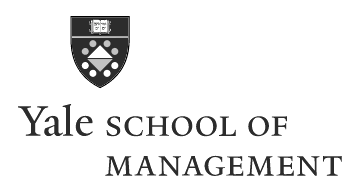
Over the past 10 years, Yale SOM in New Haven, Connecticut, has become one of the most sought-after MBA programs. Yale SOM also benefits from strong connections with Yale University, with an international network and brand recognition rivaled by only a handful of institutions on earth. MBA students take advantage of countless opportunities to engage with other departments and the rich learning environment around campus. Yale SOM is a place for people who are intrigued by complex, dynamic problems that will require big ideas and multi-disciplinary solutions.

The mission of University of California Berkeley Haas School of Business is “to develop leaders who redefine how we do business.” Anchored in a rigorous general management curriculum, its culture is framed by four defining principles, including “Question the Status Quo.” Leveraging the energy in the innovative business ecosystem of the San Francisco Bay Area, Haas emphasizes how to seize opportunities, challenge conventional wisdom and act creatively, making it one of the top MBA programs in the country.
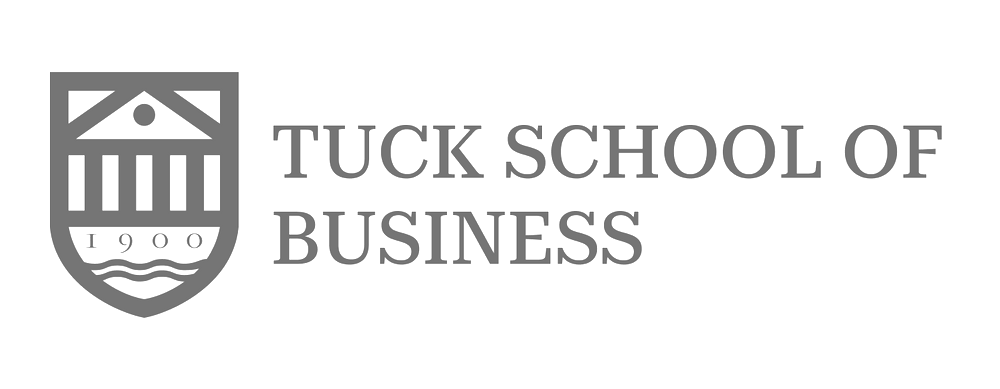
The Tuck School of Business at Dartmouth College in Hanover, New Hampshire is renowned for its commitment to excellence in management education and its tight-knit, collaborative community. The MBA program at Tuck consistently ranks among the top business schools in the world and is known for its rigorous academic curriculum, exceptional faculty and distinctive approach to leadership development.
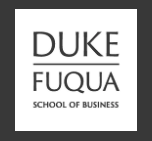
Duke University’s Fuqua School of Business attracts and nurtures a new kind of leader who has the power to bring out the strength in others and move teams forward toward a common purpose. Their community is made up of students and faculty from around the world who thrive in an environment with differing viewpoints. They bring them together to inform a leadership style that inspires entire organizations to do better while doing what’s best.
Fuqua enrolls more than 2,000 students a year across 10 degree programs and 11 non-degree programs, designed to help working professionals, as well as full-time students, push their limits and try new things. While their campus is based in Durham, North Carolina, they are known for providing opportunities for learning and engagement around the world.

Share success. Think fearlessly. Drive change. Those are the three core qualities that define the UCLA Anderson community. The school is lauded for pioneering the nation’s first field study program more than 50 years ago—the Applied Management Research Program—and establishing the Easton Technology Management Center. Anderson’s motto, “Think in the Next,” speaks to a penchant for bold thinkers who are unafraid to chart new pathways and effect change.

Tepper School of Business at Carnegie Mellon in Pittsburgh, Pennsylvania is one of the smallest among the top 20 business schools, boasting a close-knit culture and pioneering approach to management curriculum Tepper’s central location within the Carnegie Mellon campus provides MBA candidates with access to the university’s most sought after assets and networks. Tepper’s MBA program is STEM (science, technology, engineering, and mathematics) designated, preparing future business leaders to harness the science of management by utilizing technology, data, and analytics to make better business decisions.
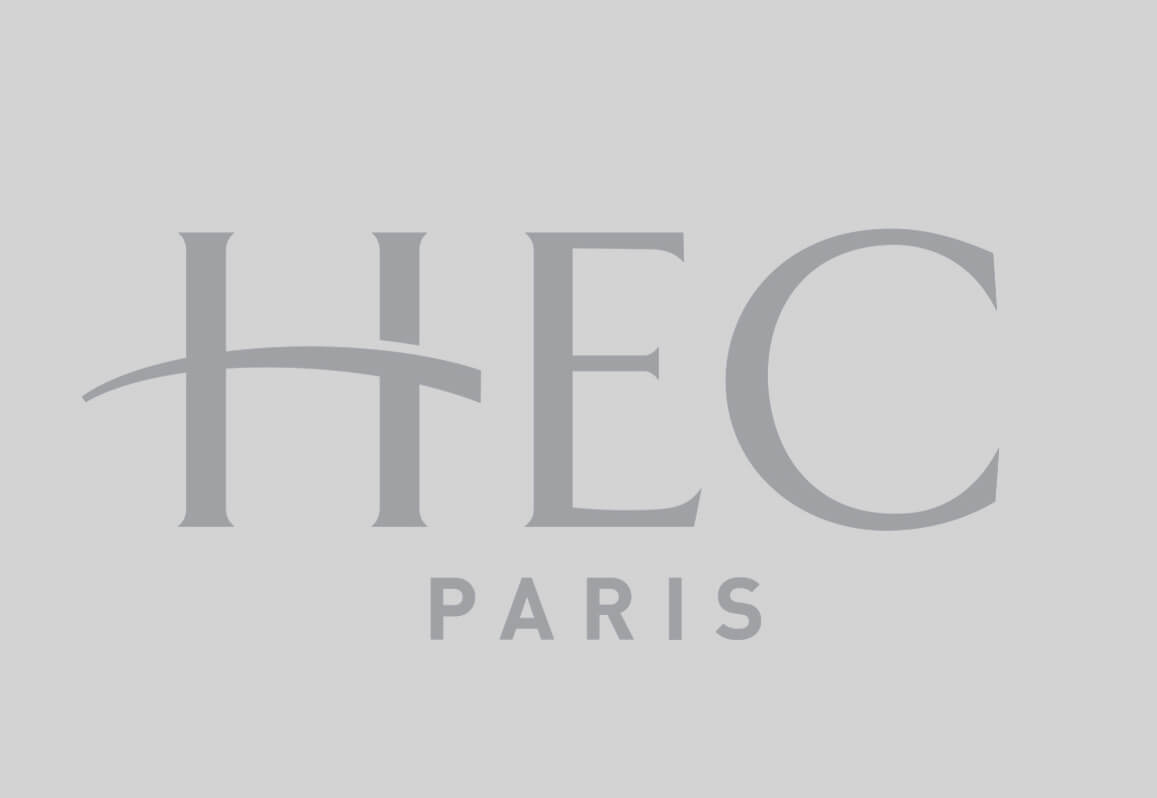
HEC Paris is one of the leading MBA programs in Europe, offering a 16-month program of study with two intakes (January and September). It occupies a unique space between the one-year programs like INSEAD and traditional two-year programs, allowing students to pursue an internship or fieldwork project for one of the four-month segments. The program’s reputation and international scope have grown in recent years; it is regularly ranked amongst the top three European business schools by the Financial Times.

Cornell University’s Johnson School of Management puts a premium on small class size, engaged professors and its close-knit community. It combines business fundamentals with a strong emphasis on applied learning, individually focused study, leadership development and intense collaboration. Yet the class is also wrapped in the academic universe of Cornell University, the largest Ivy League in the US, located in Ithaca, New York with a campus in New York City as well.
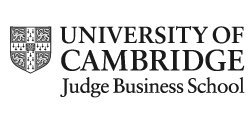
Cambridge Judge Business School is located in the heart of the historic Cambridge University and offers students the chance to be a part of the 800-year-old, world-renowned academic community. Located just over 50 miles north of London, Judge offers a vibrant, innovative environment within a quintessentially English county town setting.

IE was founded in 1973 in Madrid, Spain by a young entrepreneur with a vision to create a unique learning experience focused on innovation and humanities. These two core elements of the school values and culture continue to thrive. Its flagship International MBA is an accelerated program open only to those who have three or more years of work experience. Students join an extremely diverse student body and are challenged in entrepreneurial thinking and sustainability to reimagine business and to create a better world.
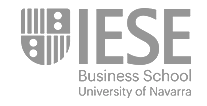
IESE was founded in 1958 and is part of Spain’s University of Navarra. Its MBA program is based on a people-centered, integrative and socially responsible approach to business. The school’s philosophy is built on values of professional excellence, integrity and spirit of service. The main campus of IESE is in Barcelona, with additional campuses in New York, Sao Paolo, Shanghai and Nairobi.
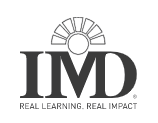
IMD offers a one-year, globally focused MBA programme located in Lausanne, Switzerland. With a campus boasting state of the art facilities nestled against a backdrop of inspiring lake and mountain views, it is a programme that boasts strong links to the business community. With a small class, IMD prides itself on offering a hands-on, highly personalised learning experience and has a close-knit, collaborative community ethos.

The Ross MBA at the University of Michigan in Ann Arbor, Michigan is rooted in action-based learning, with a guiding mantra: learning business by doing business. Its flagship Multidisciplinary Action Projects program offers students an array of opportunities to start, advise and lead real-world businesses. Ross is well-known for its close-knit, team-oriented community, and its strong social innovation and impact initiatives.

Known as the “Harvard of Texas,” UT Austin is a world-class public university with a 40-acre campus nestled in the 11th largest city in the United States. With strengths in technology and entrepreneurship, the McCombs School of Business leverages its Austin location, a city increasingly known as a technology center with a growing number of ex-Silicon Valley transplants.
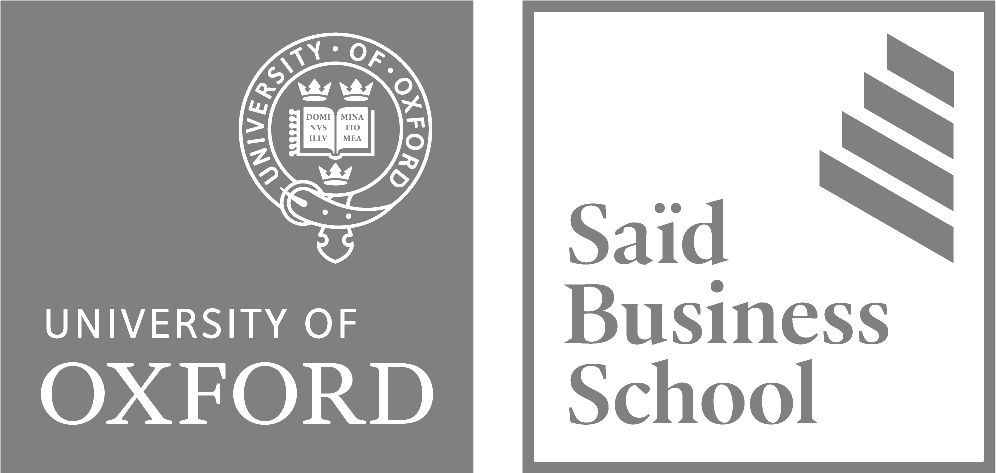
Oxford Saïd is the business school of the University of Oxford, one of the UK’s oldest and most prestigious Universities. Leveraging its links to the wider university, Oxford Saïd offers two full-time MBA tracks: a one-year MBA and a two-year 1+1 MBA in which participants combine a master’s degree from one of the partnering departments at the University of Oxford with an MBA.
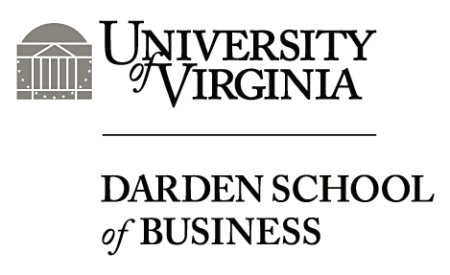
Darden is located two hours from Washington, D.C. in the serene Blue Ridge Mountains in a small but extremely vibrant town, Charlottesville, Virginia. The school’s mission is to “improve the world by inspiring responsible leaders through unparalleled transformational learning experiences. Surrounded by natural beauty, Charlottesville is an ideal university town with a temperate climate, a progressive economy and an entrepreneurial spirit.